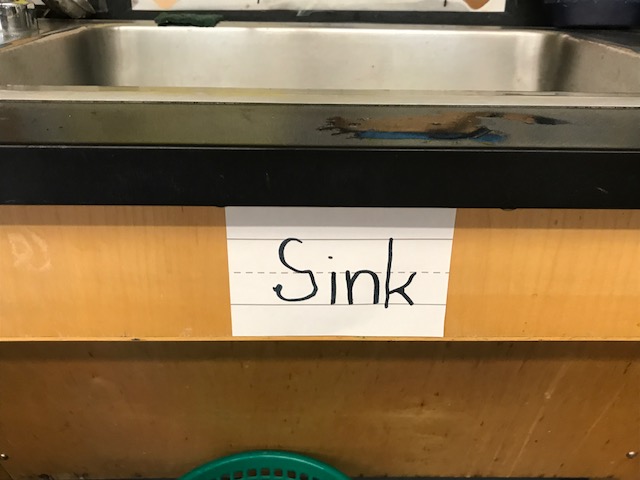While in New York we were lucky enough to see Jessica Someck speak about the importance of having partnerships. In fact, her workshop was entitled… “Powerful Writing Partnerships are the Key to Engagement, Independence & Achievment”. We walked away with a new appreciation for the true value of partner work and some ideas for the ways we might tweak what we were currently doing in the classroom.
For starters choosing partnerships should be intentional and not random. Obviously, personality must be considered, but here are some other factors to keep in mind as you make your groups:
1. Reading partners should be homogeneous ( so they are reading similar/same leveled books)
2. Turn and talk partners should be intellectual pairs so that they can have conversations that are comfortable.
3. Math partners should be either homogeneous or close so that they can encourage and support one another in their thought process
4. And writing partners can be friends. That’s right …FRIENDS. Friends make wonderful writing partners because they already are comfortable with one another and often have common interests.
Once partnerships are chosen, keep them consistent if at all possible. By having the same partner students will gain trust, take more risks and will be accountable for supporting one another.
Also, it is important that partnership procedures are explicitly taught. Teach them the norms for partner work and provide them with possible language (“Here is how you might talk to your partner…”). Watch videos of successful partnerships and talk about what they notice and what went well in the video partnerships. Coach the individual groups or invite small groups of partners over for direct instruction. A personal (but creepy) favorite is the ghost coaching. This is when you sneak up behind the group and whisper ideas to the kids to get them interacting. This helps them to start talking to one another without looking at or relying on you to lead the discussion.
Finally, don’t overlook the value of a triad. Sometimes it seems teachers only group kids in 3’s when they have an odd number; but triads can be sooooo powerful and useful and should be part of your purposeful plan. Triads are great for those classrooms where special ed services and support make your room seem like a revolving door at times. When you have 3 in a group and a student needs to leave, the other member is not left partnerless. Triads also work well because they give individual kids less power. Kids are less likely to derail when they have 2 partners keeping them on task.
We created partnership boards with Velcro so that they could be adjusted as needed (swapping groups that are not working) and so that the boards can be used from year to year.
Happy Partnering!!


























 kids could make predictions on what they think lou can't do
kids could make predictions on what they think lou can't do
























